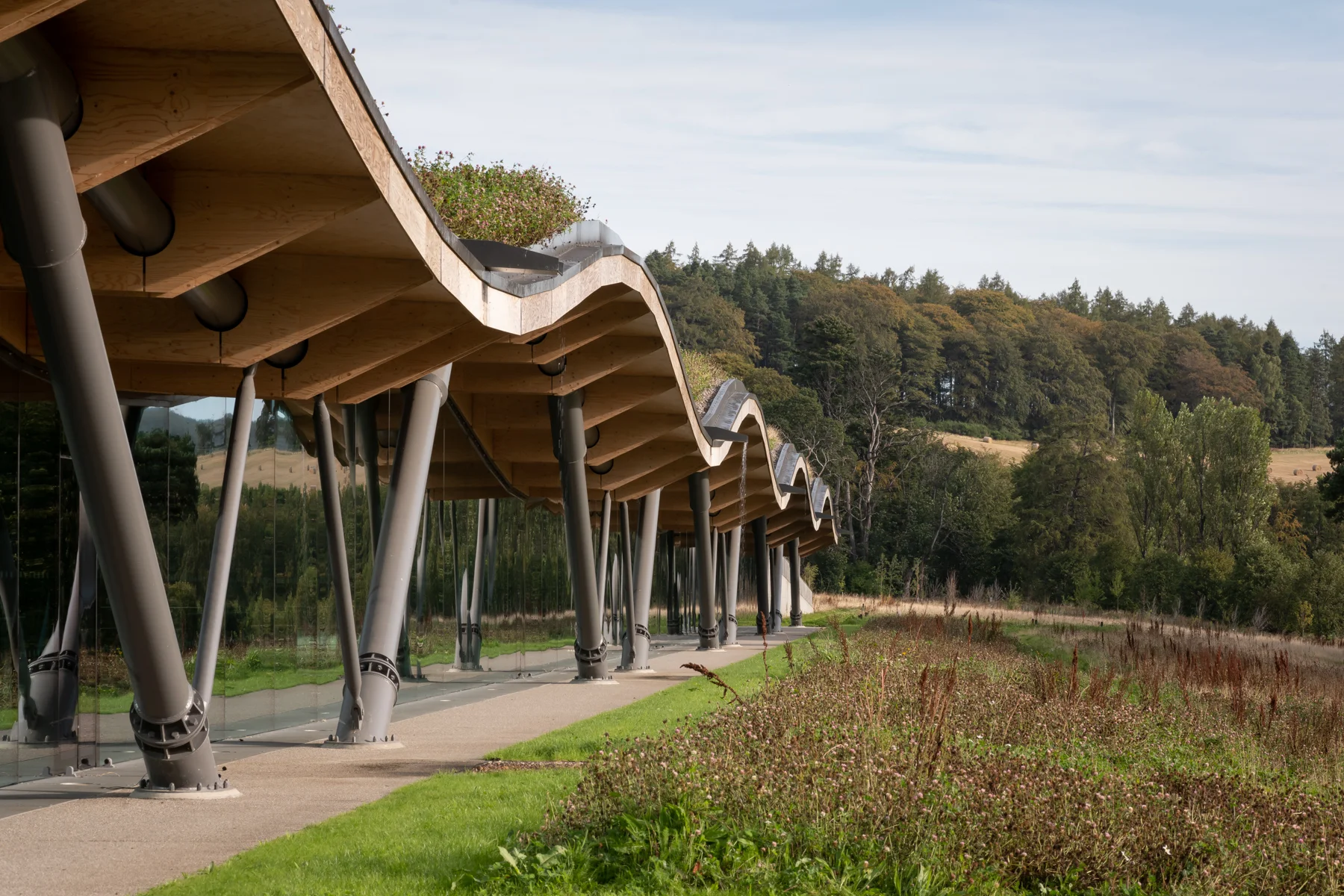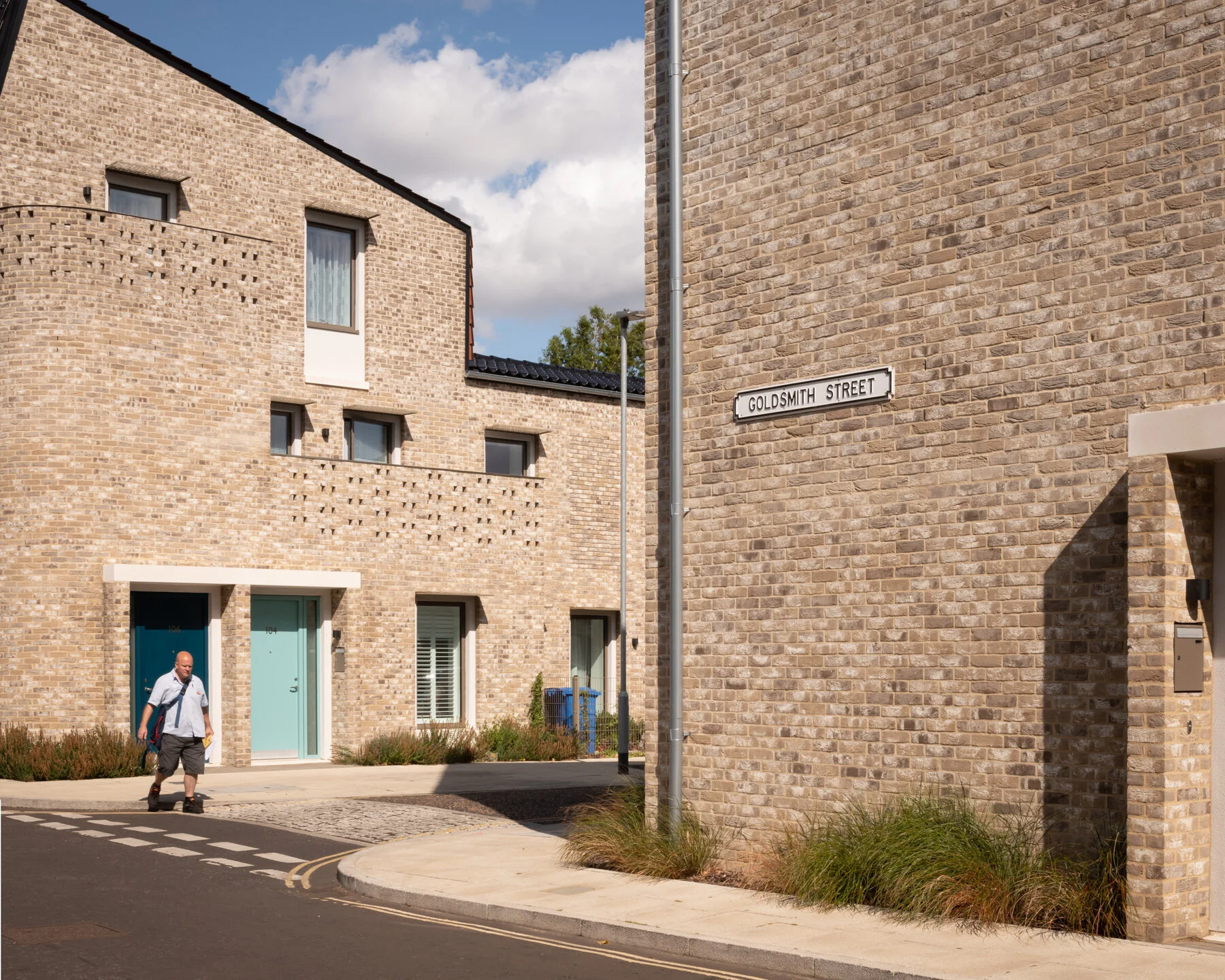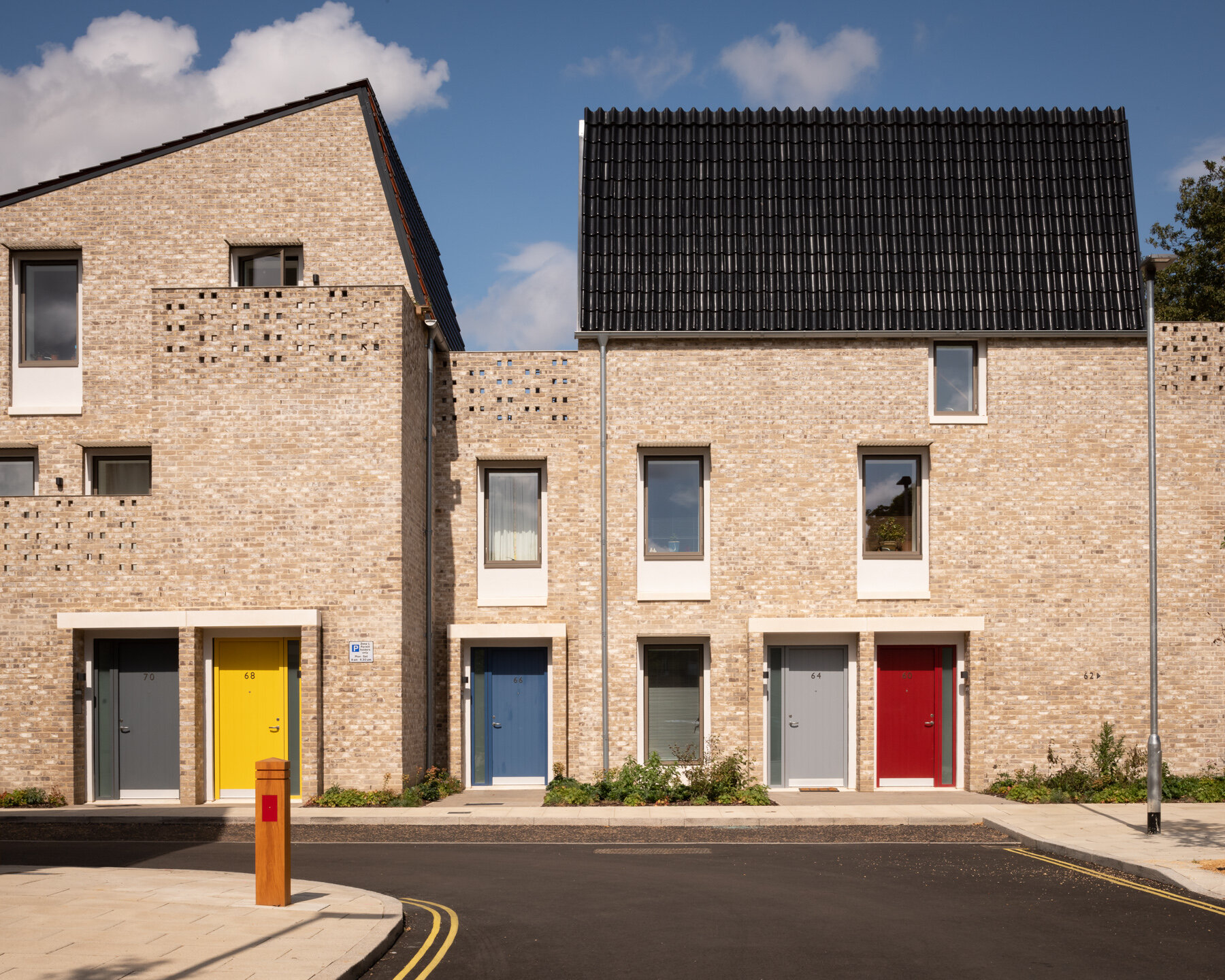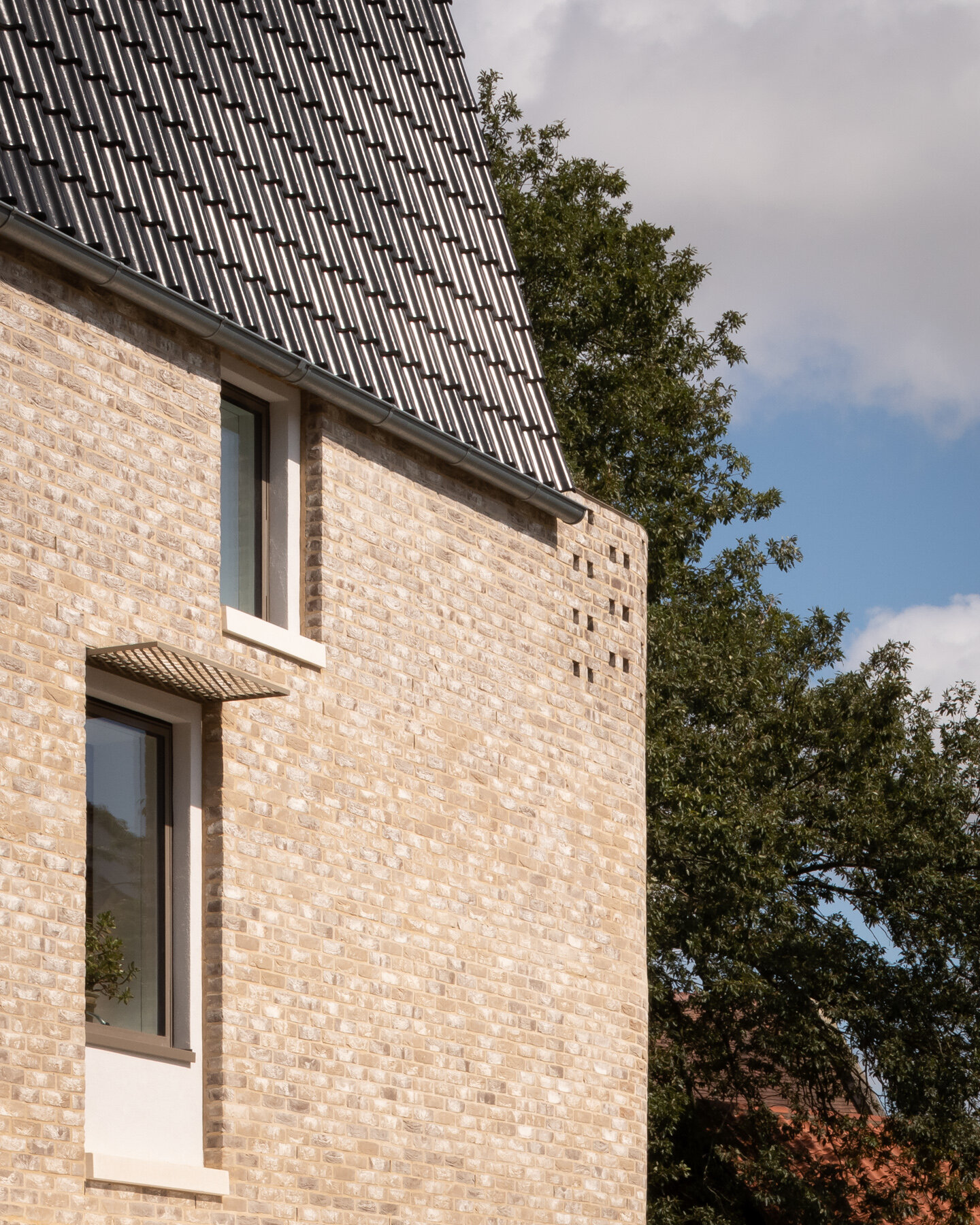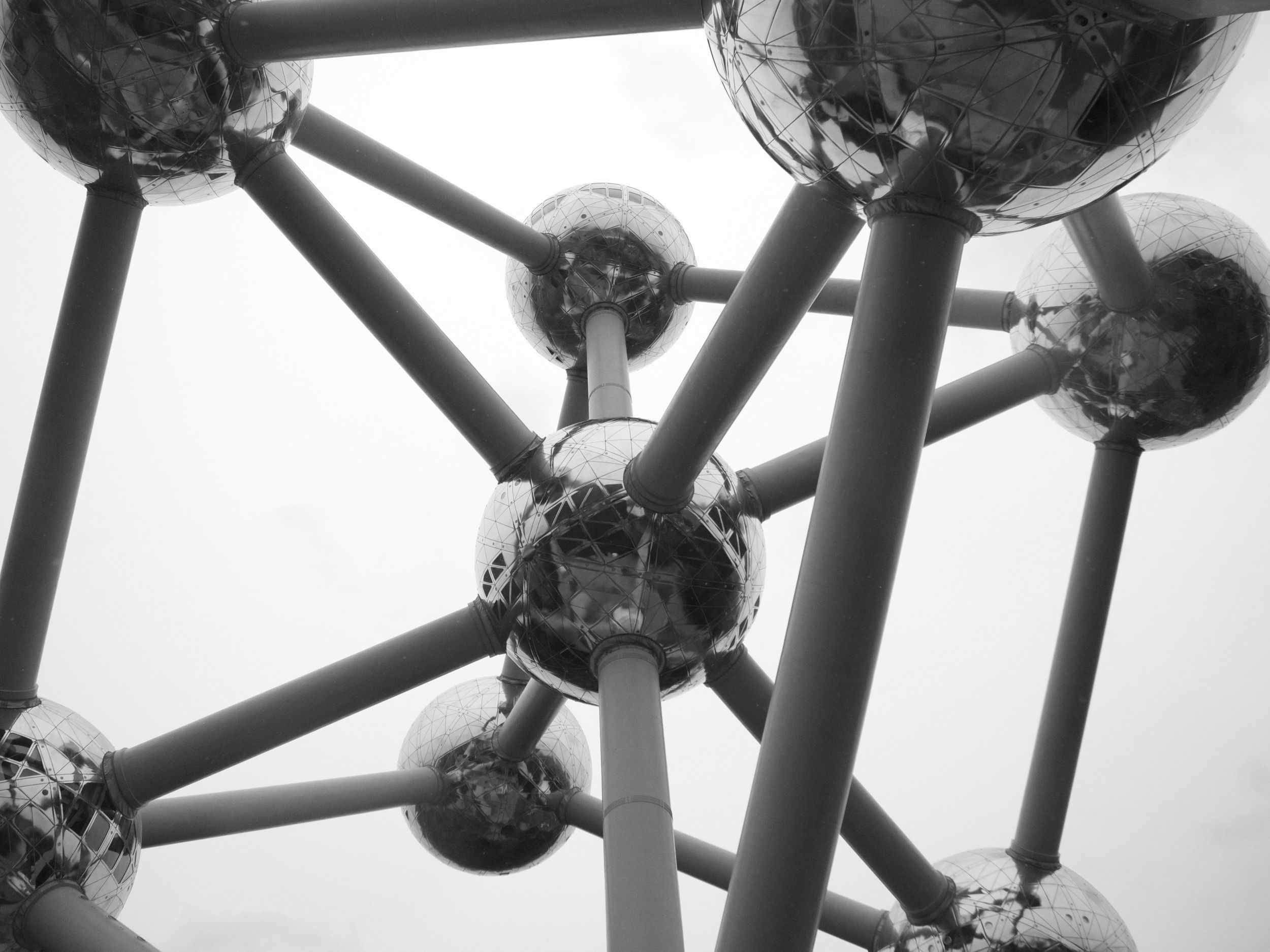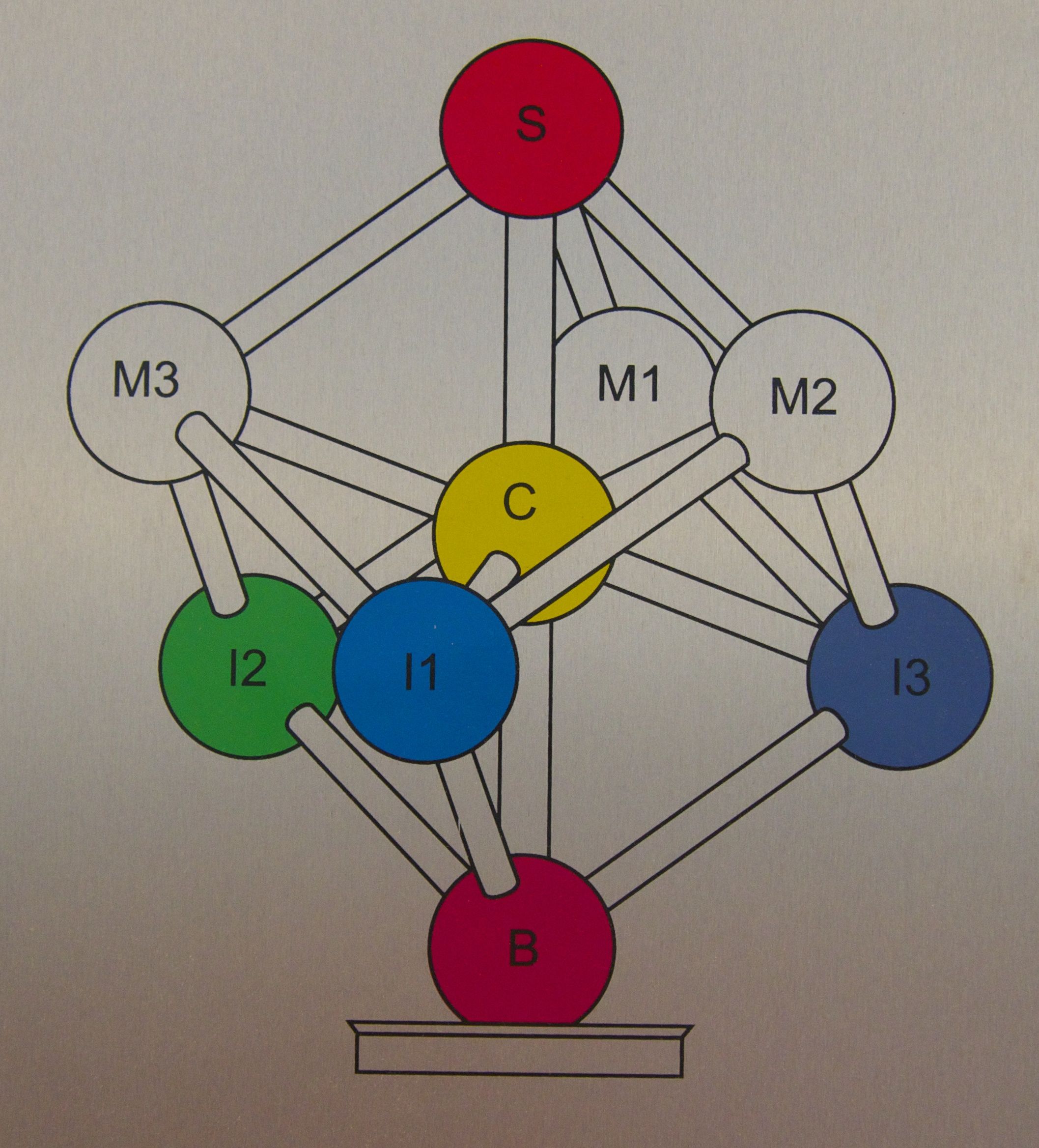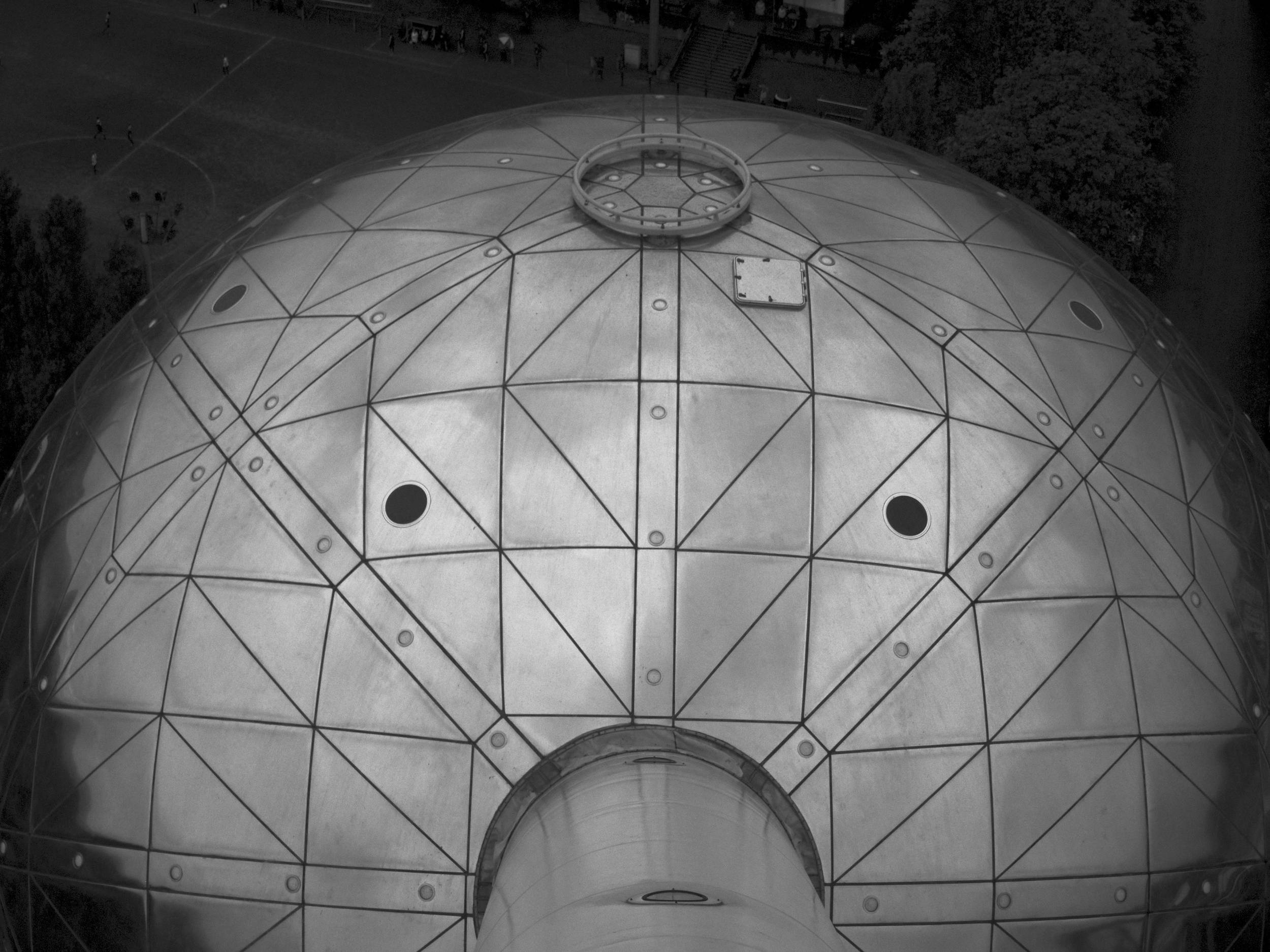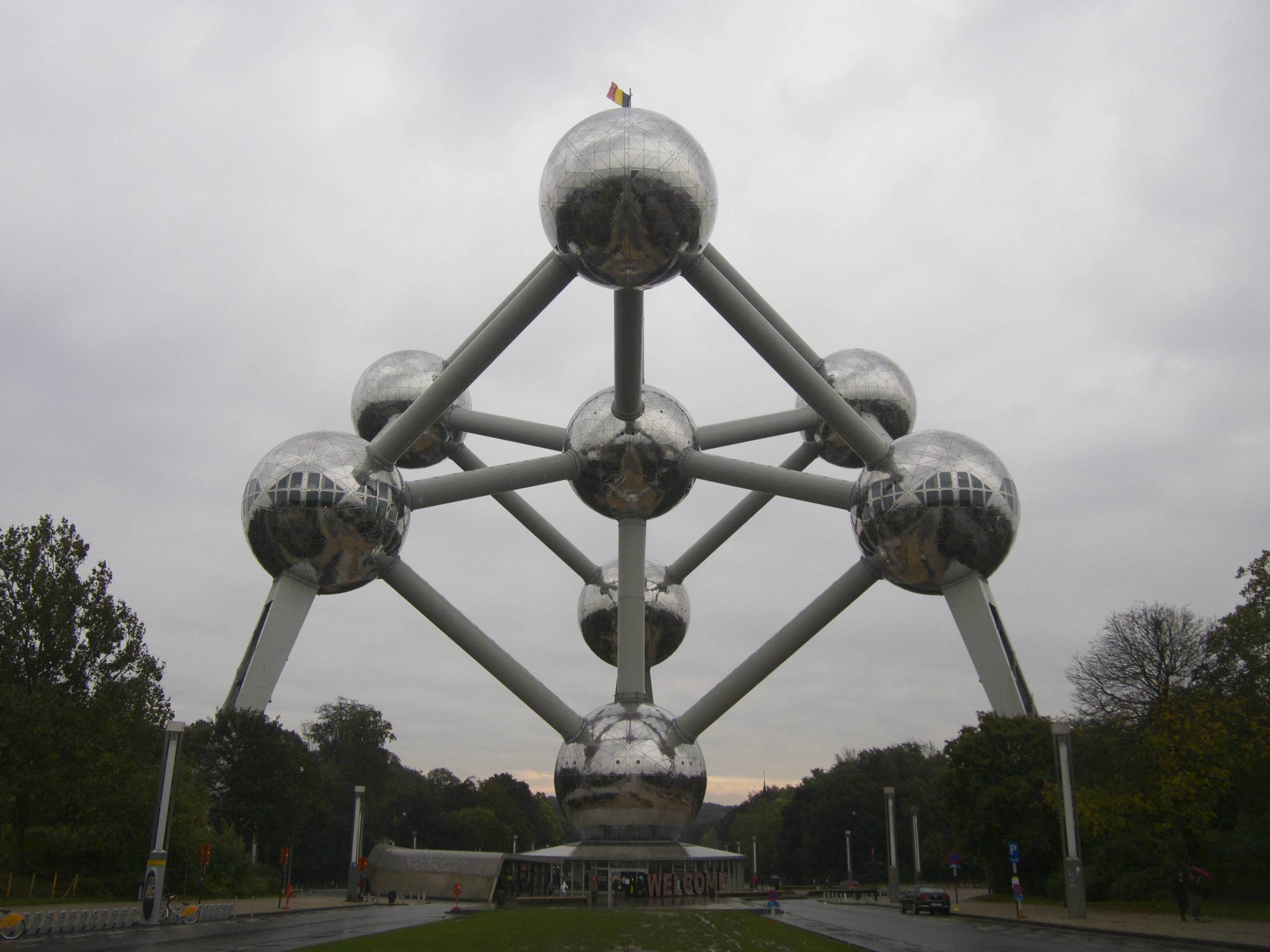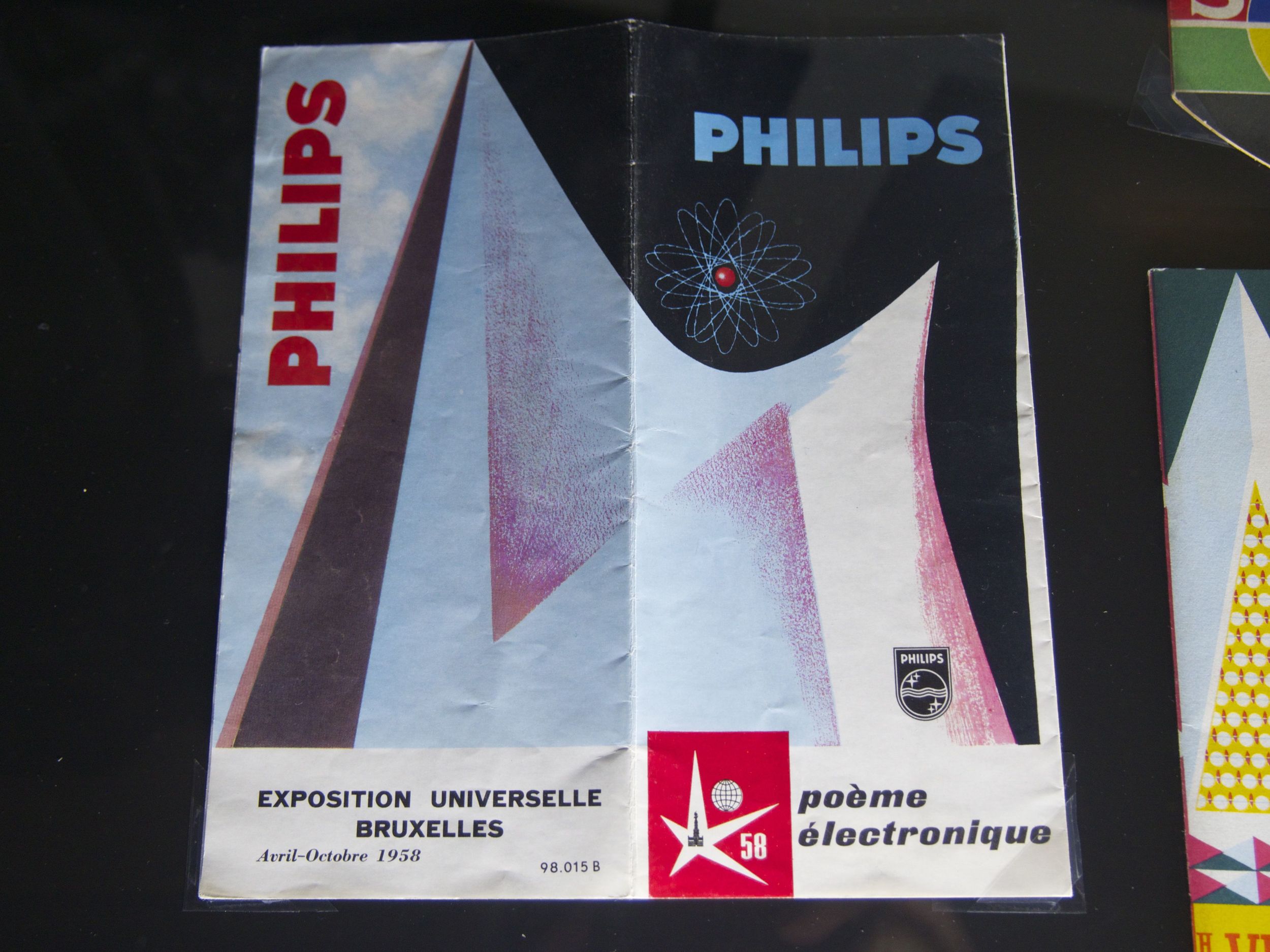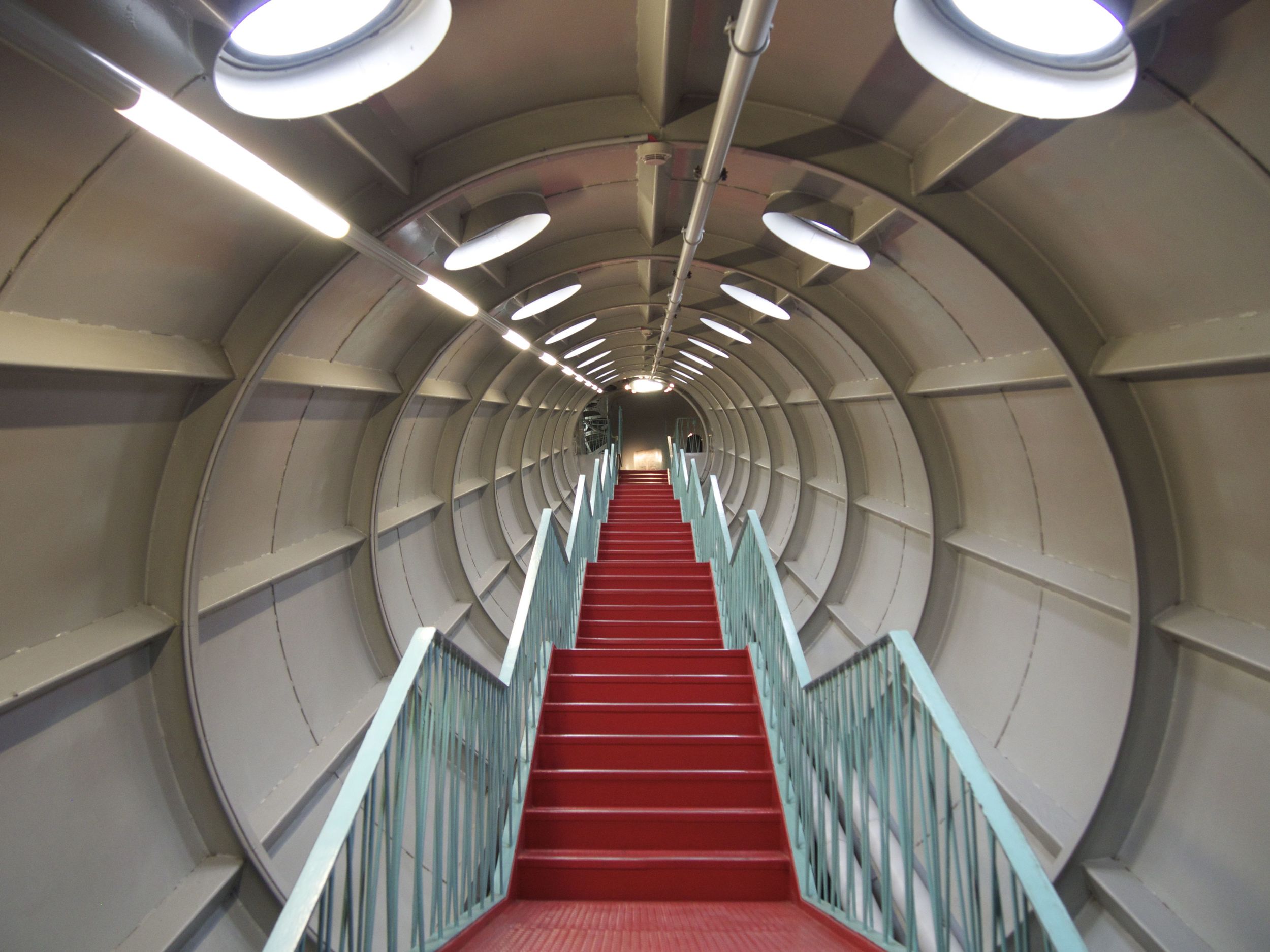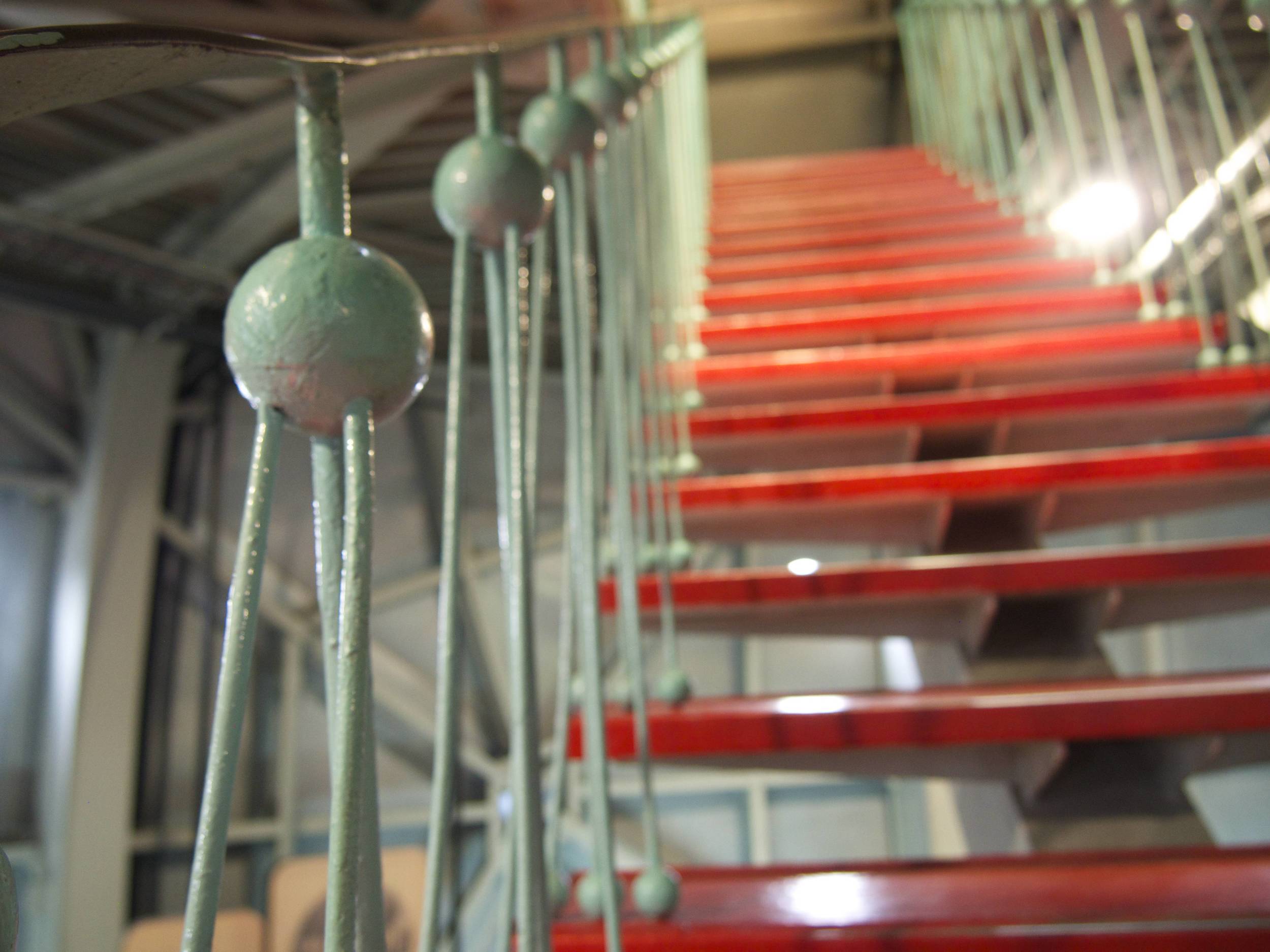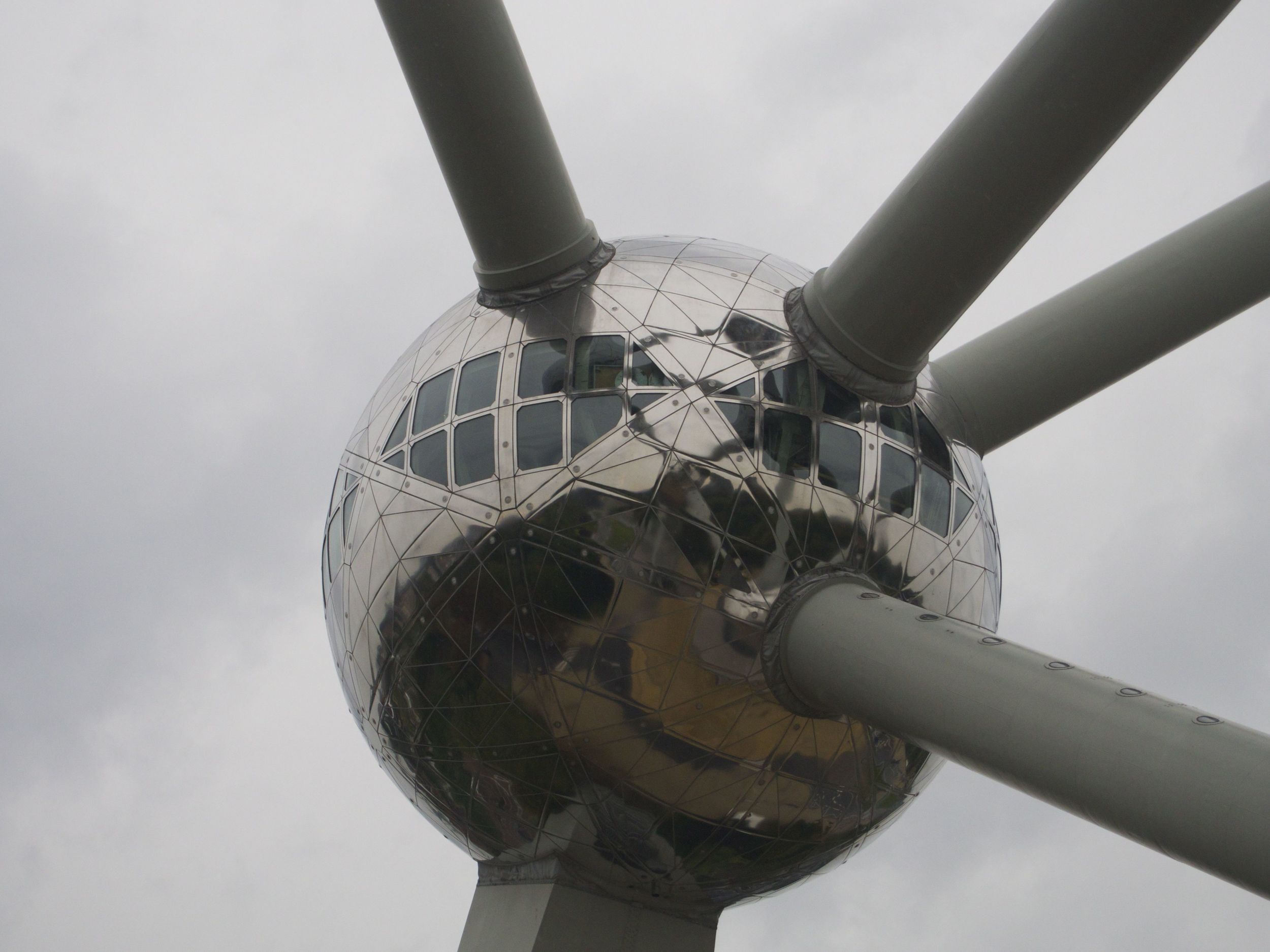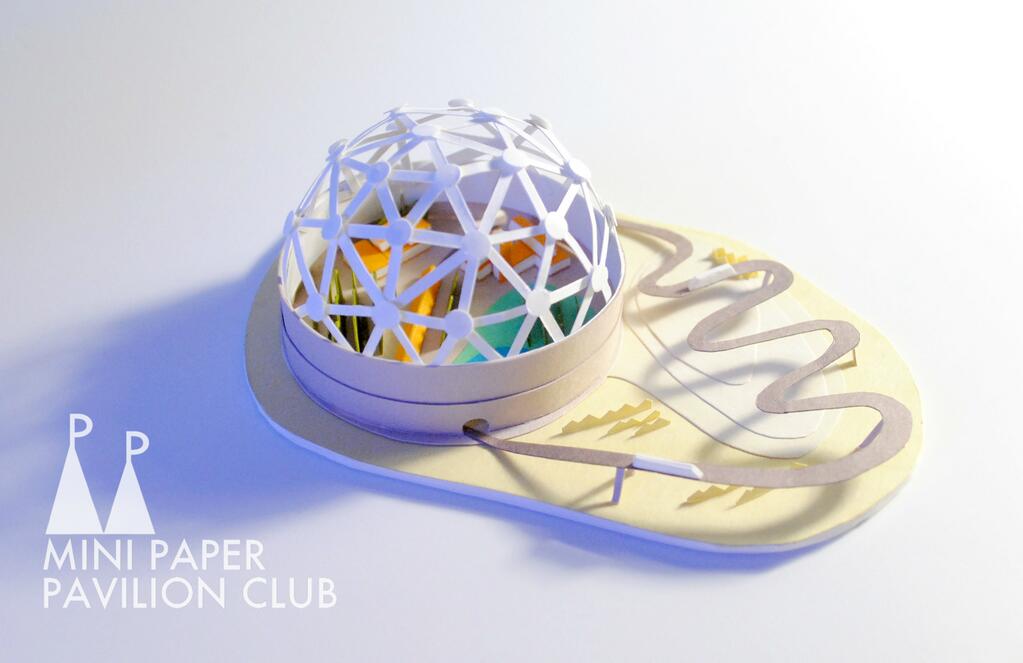This building-as-camera projection is amplified by the sounds layered over the footage: vibrations to the fabric of the building in the form of footsteps, bangs and knocks, rain and wind, captured by sound artist Simon James using contact mics, like sound through a stethoscope.
A lovely review of The Architect has Left the Building film/exhibition with Jim Stephenson and Sofia Smith at RIBA. Read it here.
The exhibition runs until August 12th. Find out more here.
The buildings start to seem alive, just on a life cycle far slower than that of the people that crawl in and around them. Like the mountains that folklore claims to be sleeping giants, the buildings patiently await the transfiguration that comes with time.





